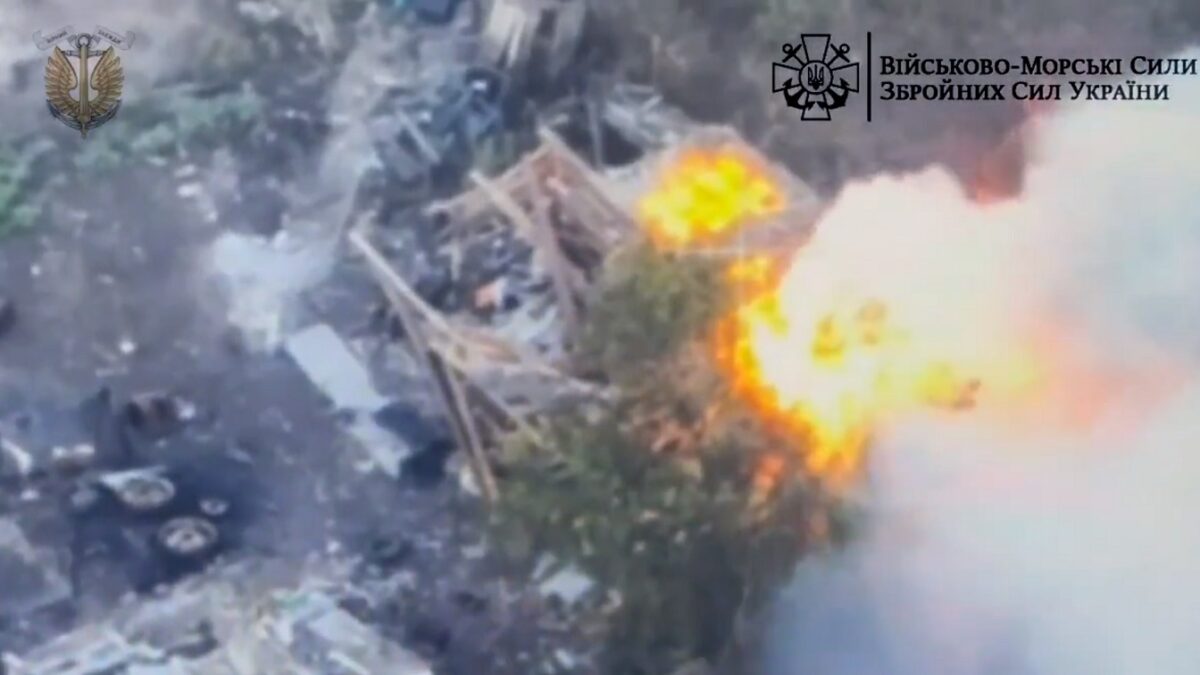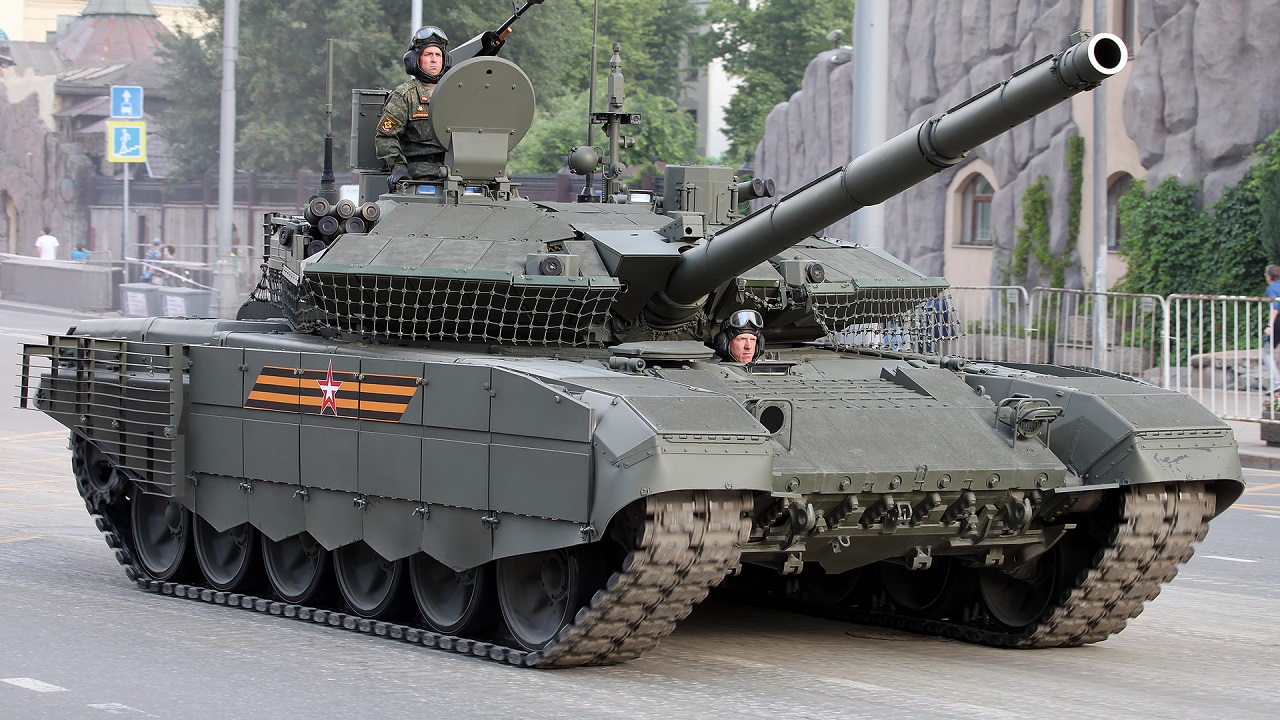Last week, Moscow suffered another blow to its morale when it announced that it would withdraw its troops from a significant part of the Kherson region in southern Ukraine. The withdrawal included the city of Kherson – the first urban center and the only provincial capital to fall to Russia. The retreat from the city marks Russia’s biggest military loss in Ukraine since it withdrew from Kyiv last spring. The event capped a stunning three-month change of fortunes for the Ukrainian government, which has liberated large swathes of territory in the country’s east.
Putin’s Kherson Disaster
As with much of Russia’s invasion, the withdrawal itself proved to be an unmitigated disaster and a humiliating setback for Russian President Vladimir Putin. The Kremlin did not request a so-called green corridor, or safe route, for its troops to withdraw. As a result, some of the retreating Russian troops came under fire and suffered significant casualties. Ukraine’s air force targeted the Russian lines in at least 16 strikes, hitting personnel, vehicles, and other military equipment.
On Saturday, the Ukrainian Armed Forces announced that in the previous 24 hours, Russia had lost 810 troops along with two dozen tanks and 34 armored personnel carriers. The Russian death toll since the start of the full-scale invasion is reported to have surpassed 80,000.
Winter Coming – Movement Could Slow
Ukraine’s recent counter-offensives could be winding down, and both sides will likely be forced to dig in for a potentially long and cold winter. A fear in the West is that this pause could give Moscow much-needed breathing room, leaving the Kremlin with time to regroup and reorganize.
Moreover, the Dnipro River might serve as a huge, natural defensive line. It offers almost no viable crossing points. Last week, as its forces were withdrawing, the Kremlin ordered every bridge destroyed. That included the Antonovsky Bridge and the Darivka Bridge, while the Nova Kakhovka dam suffered significant damage. Both sides had repeatedly accused the other of planning to breach the dam and flood the region.
Such efforts to limit river crossings have effectively stalled the Ukrainian counter-offensive.
Russia’s demoralized troops could use the Dnipro River as a shield against further Ukrainian advances, the BBC reported. Satellite imagery seems to show freshly prepared trench lines all along the river’s eastern bank, as well as newly fortified positions that guard key crossing points into Crimea.
Rivers in the Way
For its counter-offensive to continue, the Ukrainian military will need to conduct a wet-gap crossing. This means securing a beachhead on the eastern banks and then bridging the river. It would be a risky and potentially costly venture – a point certainly appreciated by the Kremlin, which lost a full battalion tactical group in a failed wet-gap crossing across the Siverskyi Donets River earlier this year when it was on the offensive.

From Twitter Screenshot: Intense mechanized combat footage of Ukrainian Marines using tanks and Turkish-donated BMC Kirpi IMV against Russian forces during the ongoing Kherson offensive.
It is now unclear whether Ukraine will press forward and maintain its offensive, or wait instead for spring. Either way, the Dnipro could serve as Ukraine’s biggest obstacle to date.
A Senior Editor for 1945, Peter Suciu is a Michigan-based writer. He has contributed to more than four dozen magazines, newspapers, and websites with over 3,000 published pieces over a twenty-year career in journalism. He regularly writes about military hardware, firearms history, cybersecurity, and international affairs. Peter is also a Contributing Writer for Forbes and Clearance Jobs. You can follow him on Twitter: @PeterSuciu.

